Circuits Micro-Electroniques Numériques
Année du cours : 1 année(s)
Etablissement : JUNIA Grande école d’ingénieurs
Langue : English
Formation(s) dans laquelle/lesquelles le cours apparait :
Période : S2
No prerequisite
At the end of this class unit, a student must be able to:
1) Calculate the current-voltage characteristics of diodes, bipolar transistors and metal-oxide-semiconductor (MOS) transistors
2) Properly explain the mechanisms of charge transport in the above mentioned devices
3) Derive the voltage transfer characteristic (VTC) of a basic bipolar inverter stage
4) Derive the voltage transfer characteristic (VTC) of elementary CMOS circuits
5) Implement and properly design simple combinational logic circuits
6) Explain the operation of clocked circuits
7) Extract a circuit schematic from a circuit layout
Chap. 1 – Properties of digital circuits Definitions, voltage transfer characteristic (VTC), noise margin
Chap. 2 – Elementary digital bipolar circuits -The bipolar inverter stage in static regime, Analysis of different operating modes, The saturation regime and its numerical treatment, Calculation of the VTC
Chap. 3 – The Metal-Oxide-Semiconductor (MOS) Transistor: Introduction
Chap. 4 – The MOS capacitance: The ideal flatband condition, Different operating regimes, Calculation of the threshold voltage, The MOS capacitance
Chap. 5 – The MOS Transistor: Structure, Current-voltage model (Memmelinck diagram), Different types of MOS transistors, Dynamic model, Elements of advanced MOS modeling
Chap. 6 – Elementary MOS Circuits: The MOS inverter, Inverter with passive resistor load, CMOS inverter, Gate delay, fan-in, fan-out, The CMOS switch
Chap. 7 – Combinational circuits: Implementation & device sizing, Power consumption, delays and other issues
Chap. 8 – Clocked circuits: Latches & flip-flops, Dynamic logic
Chap. 9 – Process & layout: CMOS process, Layout: devices and parasitics, Interconnections, ESD protection

